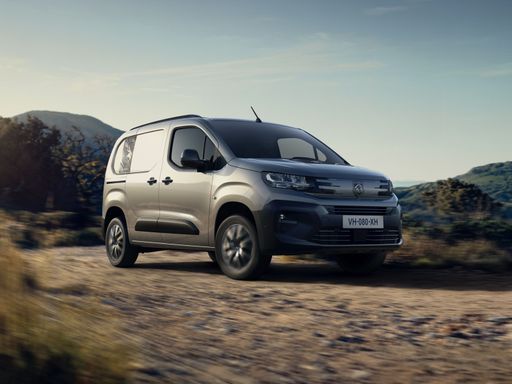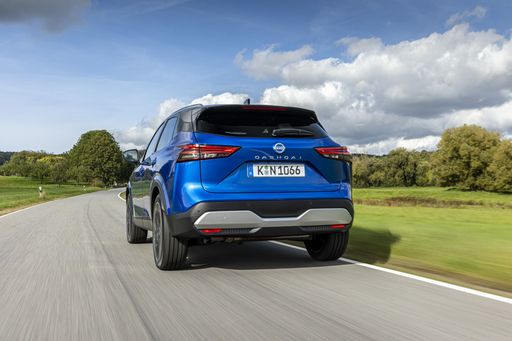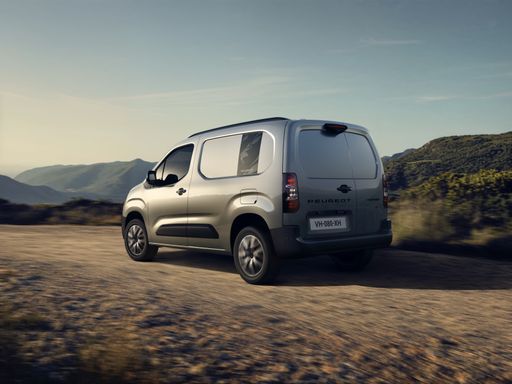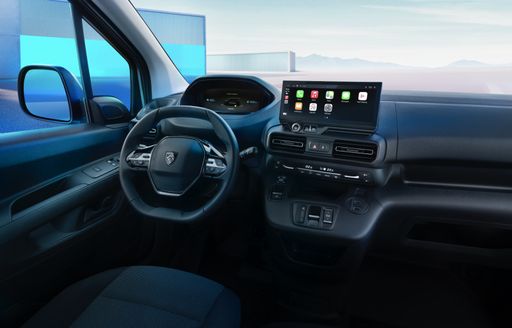Nissan Qashqai vs Peugeot Partner - Differences and prices compared
Compare performance (205 HP vs 136 HP), boot space and price (29600 £ vs 22400 £) at a glance. Find out which car is the better choice for you – Nissan Qashqai or Peugeot Partner?
Costs and Efficiency:
When it comes to price and running costs, the biggest differences usually appear. This is often where you see which car fits your budget better in the long run.
Peugeot Partner has a evident advantage in terms of price – it starts at 22400 £, while the Nissan Qashqai costs 29600 £. That’s a price difference of around 7216 £.
Fuel consumption also shows a difference: Nissan Qashqai manages with 4.50 L and is therefore a bit more efficient than the Peugeot Partner with 5.20 L. The difference is about 0.70 L per 100 km.
Engine and Performance:
Under the bonnet, it becomes clear which model is tuned for sportiness and which one takes the lead when you hit the accelerator.
When it comes to engine power, the Nissan Qashqai has a noticeable edge – offering 205 HP compared to 136 HP. That’s roughly 69 HP more horsepower.
In acceleration from 0 to 100 km/h, the Nissan Qashqai is decisively quicker – completing the sprint in 7.60 s, while the Peugeot Partner takes 11.20 s. That’s about 3.60 s faster.
In terms of top speed, the Nissan Qashqai performs somewhat better – reaching 206 km/h, while the Peugeot Partner tops out at 183 km/h. The difference is around 23 km/h.
There’s also a difference in torque: Nissan Qashqai pulls barely noticeable stronger with 330 Nm compared to 300 Nm. That’s about 30 Nm difference.
Space and Everyday Use:
Cabin size, boot volume and payload all play a role in everyday practicality. Here, comfort and flexibility make the difference.
Both vehicles offer seating for 5 people.
In curb weight, Peugeot Partner is hardly perceptible lighter – 1329 kg compared to 1420 kg. The difference is around 91 kg.
In terms of boot space, the Peugeot Partner offers significantly more room – 1800 L compared to 504 L. That’s a difference of about 1296 L.
In maximum load capacity, the Peugeot Partner performs clearly better – up to 4000 L, which is about 2553 L more than the Nissan Qashqai.
When it comes to payload, Peugeot Partner clearly takes the win – 991 kg compared to 520 kg. That’s a difference of about 471 kg.
Who wins the race?
The Peugeot Partner proves to be outperforms in nearly all aspects and therefore becomes our DriveDuel Champion!
Peugeot Partner is the better all-rounder in this comparison.

Peugeot Partner
Costs and Consumption
View detailed analysis
Engine and Performance
View detailed analysis
Dimensions and Body
View detailed analysis
Nissan Qashqai
The Nissan Qashqai blends practical, family-friendly packaging with SUV styling that refuses to shout, making it a sensible and dependable choice for everyday life. It’s comfortable to live with, economical on the road, and neatly equipped enough to feel modern without ever feeling precious — perfect if you want crossover versatility without the drama.
details




Peugeot Partner
The Peugeot Partner is a no-nonsense workhorse that doubles as a surprisingly comfy family mover, combining clever storage solutions with an easy-to-live-in cabin. It won’t win any beauty contests, but for small businesses and active families it’s practical, economical and utterly reliable when the day gets busy.
details



|

|
|
|
|
Costs and Consumption |
|
|---|---|
|
Price
29600 - 39900 £
|
Price
22400 - 33800 £
|
|
Consumption L/100km
4.5 - 6.8 L
|
Consumption L/100km
5.2 - 6.3 L
|
|
Consumption kWh/100km
-
|
Consumption kWh/100km
17.40 kWh
|
|
Electric Range
-
|
Electric Range
354 km
|
|
Battery Capacity
-
|
Battery Capacity
-
|
|
co2
102 - 154 g/km
|
co2
0 - 143 g/km
|
|
Fuel tank capacity
55 L
|
Fuel tank capacity
53 - 61 L
|
Dimensions and Body |
|
|---|---|
|
Body Type
SUV
|
Body Type
Cargo Van
|
|
Seats
5
|
Seats
2 - 5
|
|
Doors
5
|
Doors
4 - 5
|
|
Curb weight
1420 - 1665 kg
|
Curb weight
1329 - 1813 kg
|
|
Trunk capacity
479 - 504 L
|
Trunk capacity
1800 L
|
|
Length
4425 mm
|
Length
4403 - 4753 mm
|
|
Width
1835 mm
|
Width
1848 mm
|
|
Height
1625 mm
|
Height
1796 - 1812 mm
|
|
Max trunk capacity
1422 - 1447 L
|
Max trunk capacity
3300 - 4000 L
|
|
Payload
466 - 520 kg
|
Payload
611 - 991 kg
|
Engine and Performance |
|
|---|---|
|
Engine Type
Petrol MHEV, Full Hybrid
|
Engine Type
Electric, Diesel, Petrol
|
|
Transmission
Manuel, Automatic
|
Transmission
Automatic, Manuel
|
|
Transmission Detail
Manual Gearbox, CVT, Reduction Gearbox
|
Transmission Detail
Reduction Gearbox, Manual Gearbox, Automatic Gearbox
|
|
Drive Type
Front-Wheel Drive, All-Wheel Drive
|
Drive Type
Front-Wheel Drive
|
|
Power HP
140 - 205 HP
|
Power HP
102 - 136 HP
|
|
Acceleration 0-100km/h
7.6 - 10.2 s
|
Acceleration 0-100km/h
11.20 s
|
|
Max Speed
170 - 206 km/h
|
Max Speed
135 - 183 km/h
|
|
Torque
240 - 330 Nm
|
Torque
205 - 300 Nm
|
|
Number of Cylinders
3 - 4
|
Number of Cylinders
3 - 4
|
|
Power kW
103 - 151 kW
|
Power kW
75 - 100 kW
|
|
Engine capacity
1332 - 1498 cm3
|
Engine capacity
1199 - 1499 cm3
|
General |
|
|---|---|
|
Model Year
2025
|
Model Year
2024 - 2025
|
|
CO2 Efficiency Class
E, C
|
CO2 Efficiency Class
A, E
|
|
Brand
Nissan
|
Brand
Peugeot
|
Is the Nissan Qashqai offered with different drivetrains?
Available configurations include Front-Wheel Drive or All-Wheel Drive.
The prices and data displayed are estimates based on German list prices and may vary by country. This information is not legally binding.
